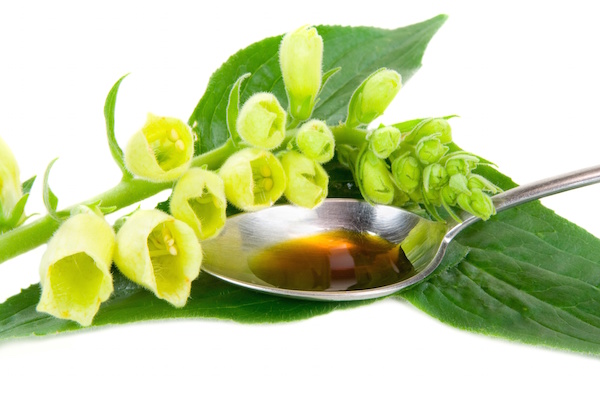
THURSDAY, Jan. 15, 2015 (HealthDay News) — U.S. health officials have hard numbers to back up their warnings that this season’s flu shots are less than perfect: A new study finds the vaccine reduces your risk of needing medical care because of flu by only 23 percent.
Most years, flu vaccine effectiveness ranges from 10 percent to 60 percent, reported the U.S. Centers for Disease Control and Prevention.
Despite the reduced effectiveness of this season’s flu shot, “vaccination is still important,” said lead report author Brendan Flannery, an epidemiologist with the CDC.
“But there are ways of treating and preventing flu that are especially important this season,” he added.
These include early treatment with antiviral drugs and preventing the spread of flu by washing hands and covering coughs, he said.
Twenty-three percent effectiveness means that there is some benefit — a little less flu in the vaccinated group. Flu is usually more common among unvaccinated Americans, Flannery said, “but this year there is a lot of influenza both in people who are vaccinated and in people who are unvaccinated.”
The findings are published in the Jan. 16 issue of the Morbidity and Mortality Weekly Report.
As of early January, the middle of flu season, flu was widespread in 46 states, and 26 children had died from complications of the infection, CDC figures show.
The vaccine’s reduced effectiveness highlights the need to treat serious flu quickly with antiviral drugs such as Tamiflu or Relenza, the CDC said. Ideally, treatment should start within 48 hours of symptoms appearing.
Spot shortages of these drugs have been reported, and the CDC said that people may have to contact several pharmacies to fill these prescriptions. However, it anticipates enough supply overall to meet the high demand.
In flu seasons when the vaccine is well matched to the circulating H3N2 strains, effectiveness has been between 50 and 60 percent, the CDC said. This year, however, about 70 percent of the H3N2 virus seen has been different from the H3N2 strains in the vaccine, which explains its reduced effectiveness, Flannery said.
Flu viruses change constantly, and this new H3N2 virus did not appear until after the flu strains were chosen for inclusion in the current vaccine, he explained.
Vaccine effectiveness is also related to the health of those getting vaccinated. The vaccine works best in young, healthy people, and is less effective in those 65 and older, the report noted.
This year’s shot is most effective — 26 percent — for children 6 months old through 17 years. Older people get less benefit — just 12 percent for those 18 to 49 years and 14 percent for those 50 and older, the CDC said.
Although the vaccine is less reliable than in some years, the CDC still recommends that everyone 6 months and older get vaccinated. Vaccination can prevent some infections and reduce severe disease that can lead to hospitalization and death, the agency said.
Also, the vaccine protects against three or four flu viruses, some of which may circulate later this season, Flannery said.
Dr. Marc Siegel, a professor of medicine at NYU Langone Medical Center in New York City, agreed. As other flu strains included in the vaccine emerge later in the season, he predicted the vaccine’s effectiveness will rise to about 40 percent.
Flu activity so far this season has been similar to the 2012-2013 flu season, which was classified as a “moderately severe” flu, officials say. Siegel said that season “the vaccine’s effectiveness was about 40 percent, so this is even worse.”
However, he agreed it’s a good idea to get a flu shot. “Twenty-three percent is better than nothing, and there is no downside to getting the vaccine,” Siegel said.
More information
For more on flu, visit the U.S. Centers for Disease Control and Prevention.
Copyright © 2025 HealthDay. All rights reserved.

